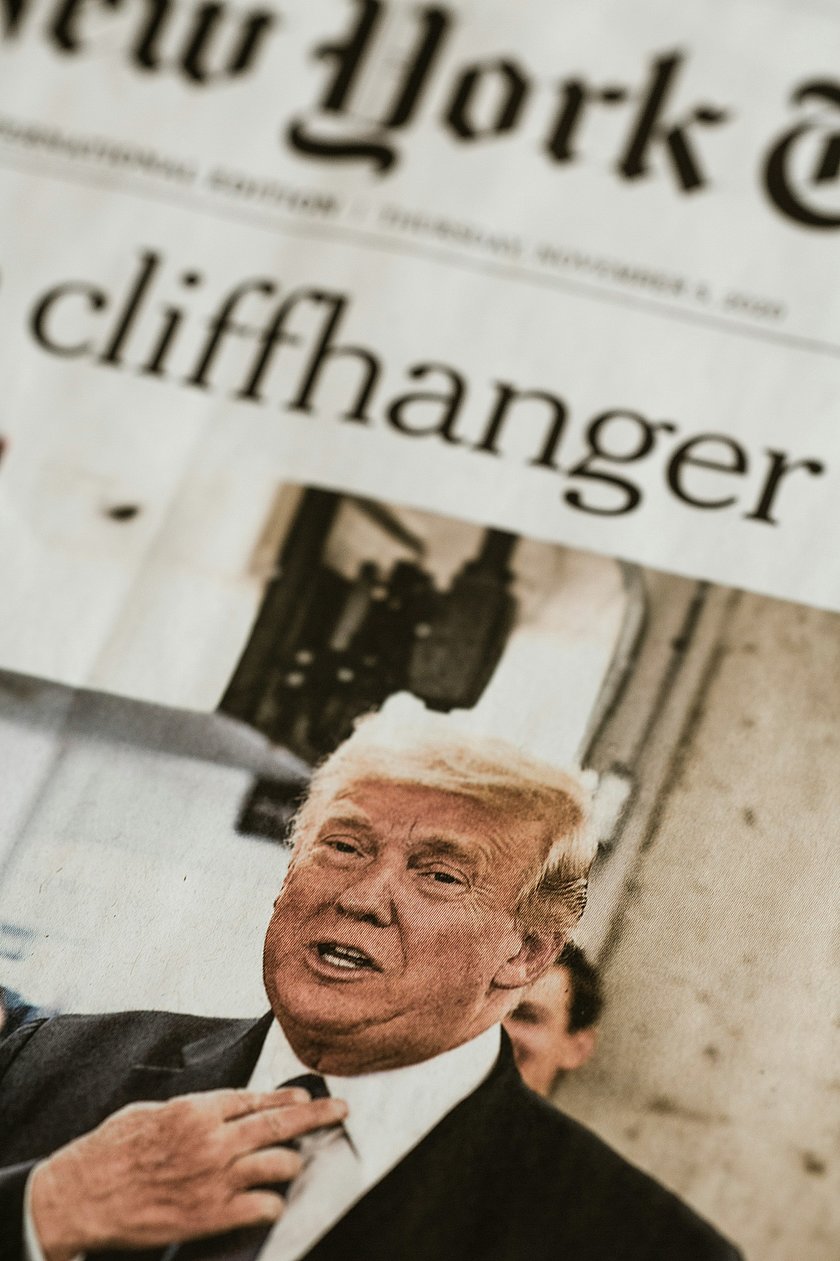
Trump's Return: Anticipating Changes in US Sanctions Policy
Sanctions have been a growing foreign policy tool of the leading economies around the world. The adoption of these measures is almost always presented as an effort to deter or dissuade targeted governments and individuals from actions believed to threaten global security, democracy, or human rights.
The growth of sanctions use in the US can be seen with the Biden administration exceeding the previous Trump administration when it comes to implementing sanctions and export controls. Since Russia’s invasion of Ukraine, United States has enacted wide-ranging sanctions aimed at isolating Russia from the global financial system, diminishing the profitability of its energy sector, and weakening its military capabilities. This sanctions use has expanded to many different jurisdictions as efforts to clamp down on sanctions evasion increase.
The incoming Trump administration is expected to implement changes in sanctions programs and tariffs targeting specific industries given their perceived policy objectives, with a particular focus on Russia, Iran, and China.
Russia and Ukraine
The Russian Sanction Program will be a key focus of the new administration. Since the outbreak of the Ukraine conflict global regulators have imposed over 16,000 sanctions on Russia, with a strong focus on the financial, energy, and military sectors. The Biden administration implemented a broad and robust range of sanctions on Russia, many of which focus on reducing the profitability of its energy sector. This includes a G7 $60 price cap on Russian oil.
Trump has been clear on prioritizing a resolution to the Ukraine conflict, though his approach remains unclear. Any resolution would likely have a significant impact on the current US sanctions landscape involving Russia. Any potential peace deal might involve relaxing these sanctions, particularly in relation to the energy sector and the price cap. However, it is important to note that Europe is unlikely to return to its pre-war dependence on Russian oil and gas.
If Russia refuses to accept any potential deal, further sanctions could be expected, especially on Russian oil exports. However, Trump’s stance will likely be influenced by his relationship with Europe. The EU and the UK play major roles in sanctioning Russia, with the EU currently considering a 15th sanctions package. European efforts aim to maintain long-term sanctions through broader export bans and more robust enforcement.
Iran and the 'Maximum Pressure' Policy
Trump is likely to adopt a hardline stance on Iran, resuming his previous "Maximum Pressure" approach. Reports indicate that Brian Hook, Trump’s former special envoy to Iran, is leading the transition team at the Department of State, suggesting a potential return to intensified Iranian sanctions enforcement. This approach would target Iranian sanctions evasion, with a strong focus on Iran’s oil sector, which currently exports around 1.3 million barrels per day. This could lead to supply disruptions and pressure Iran’s regional activities, particularly in Iraq, where Iranian proxies are active.
The Trump administration may not necessarily impose new sanctions but is expected to enforce existing ones more stringently. A key focus will likely be on the intermediaries and buyers, especially Chinese financial institutions, that facilitate Iranian oil exports while circumventing dollar transactions. This could reduce China’s Iranian oil imports, which account for about 13% of its oil supply, and put the global shipping industry, under increased scrutiny. Ship-to-ship transfers, often used to evade U.S. sanctions, may also see renewed enforcement focus.
Trump has also expressed intent to expand sanctions on Venezuela, including restrictions on Venezuelan oil exports. This could also tighten the global oil market and potentially drive-up prices.
Further Confrontation with China
A central aspect of recent US foreign policy has been its confrontational approach toward China. The previous Trump administration added 216 names of Chinese persons to the Specially Designated Nationals (SDN) sanction list. This has been surpassed by the Biden administration; however, this is partly due to a crackdown on Russian sanctions circumvention. The Biden administration has made 171 Chinese SDN designations under their Russia program. Trump has indicated a possible 100% tariff on all Chinese goods, which would significantly impact global trade. Tit-for-tat measures by China are expected, however, while Chinese export restrictions would have a significant impact in the West, it would also harm China’s internal jobs market which relies of foreign demand. What is more likely is an increase in Chinese export controls on critical goods such as rare earths. Multinational companies with exposure in China should remain vigilant when assessing supply chain risks in relation to export controls and entities that that may find themselves subject sanctions measures and targeted restrictions.
We expect Trump to deepen the hostile approach towards trade relations with China. This means economic restrictions such as sanctions and export controls on key industries, especially in the high tech or semiconductor sector, are likely to grow.
Implications for the Private Sector
Regardless of any changes to U.S. sanctions policies on Russia, Iran, or China, sanctions enforcement will likely intensify in the coming years. Even if U.S. sanctions on Russia evolve, the EU and UK’s sanctions roles would become more pivotal. Private sector entities should prioritize compliance, as any breaches, whether negligent or intentional, are expected to be actively tracked and enforced by the administration. The individuals shaping Trump’s administration will play a critical role in the implementation and enforcement of these policies. Businesses should prepare for a rapidly shifting sanctions environment, with sanctions potentially applied in a fast, punitive manner.







